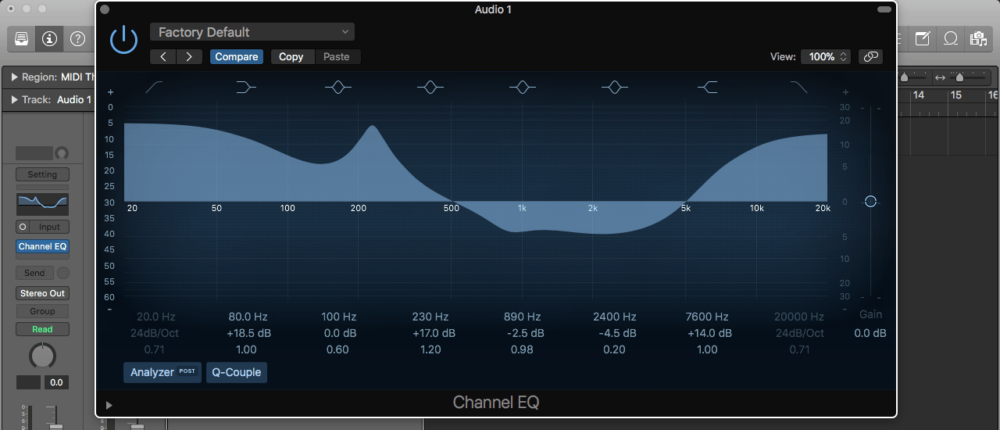

Listen to how each adjustment affects the guitar in the mix to know how many decibels to boo st or cut at each give n frequency range. When we are talking about EQ we are really talking about where in the acoustic guitar frequency range that you should boost and cut different frequencies.Įxcept for the low pass filter, you should make all other boosts and cuts incrementally, by boosting or cutting just a few decibels at a time until you find the much sought-after ‘sweet spot’. While we are discussing EQ’ing the acoustic guitar, don’t forget the bigger picture, that is the song itself. If you need to hear the guitar more clearly, boost the track’s volume temporarily, and make adjustments while the other parts are playing.

Mixing in solo will make the guitar sound great on its own, but it will hinder the overall balance of the song because you’re not adjusting the settings to play well with the other instruments. Mix the acoustic guitar while the other instruments are playing alongside it for context. Bussing will save you time, and CPU usage which can become important if you record a high number of tracks.Īnother point to keep in mind is that you should never finalize a mix with the acoustic guitar sound soloed. That means EQ settings or other plugins you apply to one of the bus tracks will be applied to all of the tracks within that group. If you used more than one microphone to capture the guitar, begin by bussing those tracks together in your DAW (digital audio workstation) or recording software.Ĭreating a bus with these tracks tells your DAW to treat all of the bussed tracks the same way. Some Helpful Tips Before EQīefore you begin mixing, look at how you recorded your acoustic guitar. And, while this article isn’t intended as a complete guide to EQ today we’re going to cover some of the basics of acoustic guitar EQ to add that extra spark to your recordings and really bring out the best in your instrument.

But, how does one take an ‘OK’ sounding acoustic guitar track and improve upon it further? That’s where acoustic guitar EQ comes in. Truth be told, it’s really not all that difficult to record a decent acoustic guitar sound either, provided you follow a few time-honored traditions with regard to mic placement and have a reasonably good sounding room to record in. In the home studio, the acoustic guitar is one of the easiest instruments to physically record, requiring little more than a microphone, audio interface, and DAW.


 0 kommentar(er)
0 kommentar(er)
